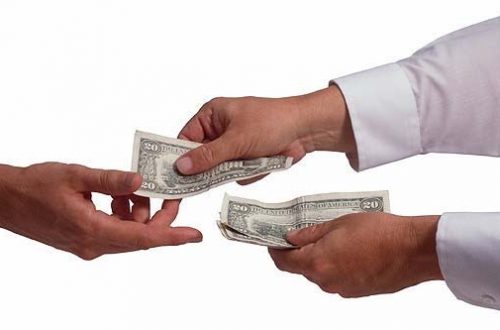How the SEC Works
This article was written by Phineas Upham
1934 was a volatile time in American economic history. Glass-Stiegel had just gone into effect, and the country was waiting to see whether its efforts to prop up the financial and public sectors would pay dividends. This was also the time when the federal government began to feel more oversight of the markets was necessary to maintain balance.
This was, and still is, a hotly debated issue on Capitol Hill. In 1934, the resolution was to create the Security and Exchange Commission, or SEC for short. The SEC oversees the activities of financial personnel and mutual fund traders. Its stated goal is to combat fraud and deception, and it has strict rules about its leadership. It has five members who oversee the operations, with no more than three belonging to the same political property.
There are four major divisions to the SEC:
Corporate finance: Oversees corporate disclosures of financial statements, and the provision of accurate financial data to the trading public.
Division of Trade and Markets: This division oversees the markets for fair trade, and seeks to stop inside trading deals and other forms of fraud.
Division of Investment Management: This division helps to protect investors, and encourages capital gains through oversight of the markets. This division would be responsible for stopping pyramid schemes that swindle investor money.
Division of Enforcement: This division is the “long arm of the financial law” so to speak. They are responsible for initiating civil actions against offenders, and often work with the Justice Department to prosecute.
About the Author: Phineas Upham is an investor at a family office/hedgefund, where he focuses on special situation illiquid investing. Before this position, Phineas Upham was working at Morgan Stanley in the Media & Technology group. You may contact Phineas on his LinedIn page.


